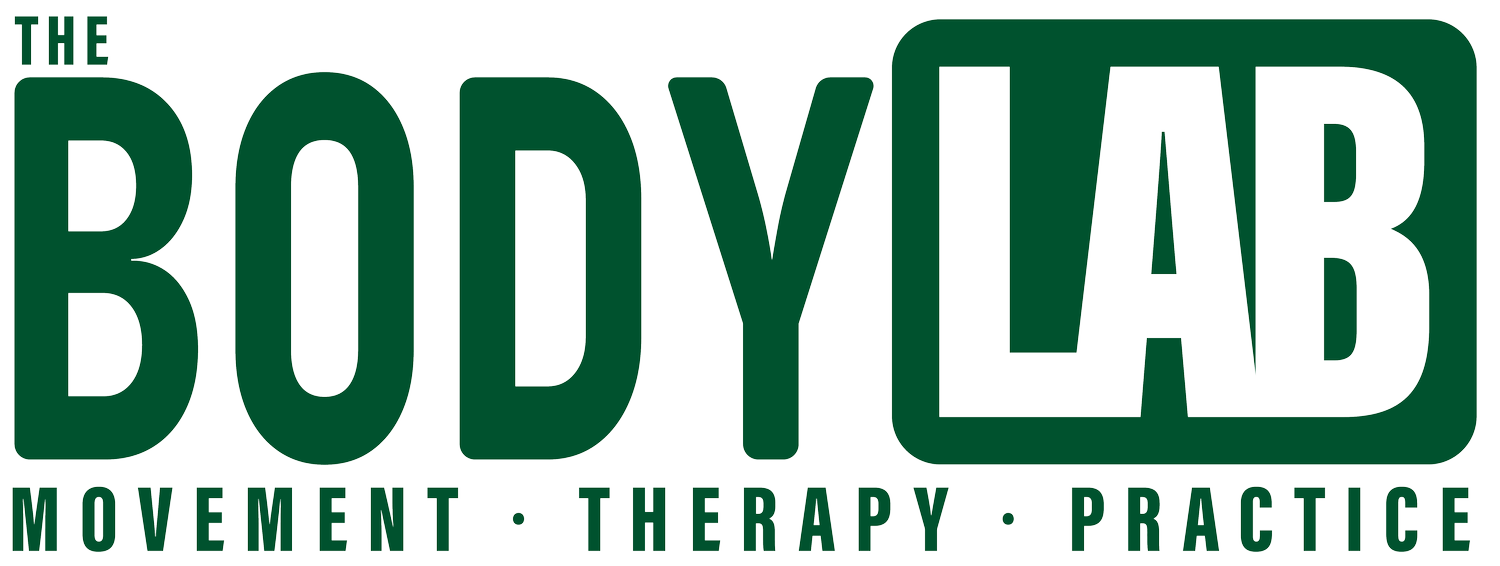A 10-Second Self-Assessment: Unveiling the Key to Long-Term Hip and Lower Leg Health
A 10-Second Self-Assessment: Unveiling the Key to Long-Term Hip and Lower Leg Health" Part 1
Maintaining optimal hip centration is vital for preventing long-term hip and lower leg pathologies.
This article introduces a quick and effective 10-second self-assessment method to evaluate your hip centration, providing valuable insights into potential issues and guiding long-term prevention strategies.
Joint health is a critical aspect of overall well-being, and the concept of "joint centration" plays a pivotal role in maintaining optimal alignment and function. Joint centration refers to the ideal alignment of a joint where there is maximal contact between the bones, coupled with symmetrical activity between stabilising muscles. This concept is particularly crucial in early development, where most babies naturally perform movements in good joint centration. Correct central nervous system (CNS) control is essential to ensure proportional activation among various muscle groups, preventing imbalances that can lead to chronic pain and other complications.
Let’s explore hip centration, more commonly called femoral centration. As mentioned earlier, joint centration refers to the ideal alignment of a joint where there is maximal contact between the bones, coupled with symmetrical activity between stabilising muscles.
The hip joint, also known as the coxofemoral joint, is a large, ball-and-socket joint that connects the thigh bone (femur) to the pelvis. It is a synovial joint, which means it allows for a wide range of movements. The hip joint is crucial for supporting the body's weight and facilitating various activities such as walking, running, jumping, and sitting.
Key Components of Assessment
Indicators of Hip De-Centration
By applying functional biomechanics, you have the ability to self-assess your hip-pelvis connection and determine the stability and functionality of the joint. During this evaluation, it is important to observe the centration of the hip joint within its socket, especially when standing on one leg. Ideally, the femur should align directly beneath the pelvis, ensuring proper weight-bearing alignment and functional joint stability.
Observation in Assessment
Pelvis Shift (front view)
When conducting a self-assessment of your hip joint, pay close attention to the occurrence of a pelvis shift. If you sense or observe any lateral movement in the pelvis as you start to bear weight on the supporting leg, it indicates a lack of hip centration. In an ideally centered hip joint, the pelvis should remain stable and not shift laterally during weight-bearing.
Observation in Assessment
Femur Angle (front view)
In the process of self-assessing your hip joint, carefully observe the femur angle. If you detect or notice that the femur is not aligned directly beneath your pelvis while bearing weight, this signifies a deficiency in hip centration. Ideally, the femur should maintain a position directly beneath the pelvis during weight-bearing activities. Recognising deviations in the femur angle is crucial for identifying and addressing potential issues related to hip joint centration, contributing to improved overall alignment and functional stability.
Observation in Assessment
Pelvis Tilt (side view)
In your self-assessment of the hip joint, take note of the pelvis tilt. A stable and steady pelvis is essential, devoid of excessive tilting either forwards or backwards. Excessive tilt suggests that the hip is moving into a flexed or extended position, exerting increased pressure on the front or back of the pelvis. This tilting motion can disrupt the centration of the femur, emphasizing the importance of maintaining a neutral pelvic position for optimal hip joint alignment and function.
Observation in Assessment:
Knee Bend (side view)
In your self-assessment of the hip joint, consider the knee bend as another crucial aspect. An unstable pelvis may prompt reliance on other structures for support, particularly when there is a displacement in the center of mass during single-leg support. If the hip is not adequately centered and the pelvis tilts backward, you may notice a knee bend as the body attempts to maintain stability. This compensatory movement in the knee is indicative of potential issues with hip centration and pelvic stability.
In a single-leg stance assessment, initial findings provide insights into whether your femur can center in the pelvis. This information is crucial for comprehending the biomechanics of the entire leg and assessing hip function. The subsequent assessment, half kneeling assessment, aims to determine whether the pathology is being driven by the hip or the ankle. Understanding this distinction is key to addressing and optimising overall lower limb biomechanics.
Now its your turn to assess yourself and gauge your pelvis centration
I'll guide you through a simple self-assessment to gauge pelvis centration. Follow these steps:
Pelvis Centration Self-Assessment:
Find a Quiet Space:
Choose a quiet and safe space where you can stand comfortably with a mirror or screen to observe your movements.
Stand Naturally:
Begin by standing naturally with your feet touching together. Ensure a relaxed and upright posture.
Lift One Leg:
Gradually lift onto one leg, lifting the other leg off the ground.
Observe Pelvis Alignment:
As you stand on one leg, observe the alignment of your pelvis. Ideally, the pelvis should remain centred over the standing leg..
Check for Stability:
Assess how stable you feel in this position from the criteria above.
Repeat on the Other Leg:
Repeat the process on the other leg. Compare the observations between both sides to identify any asymmetry or differences in pelvis centration.




